Im trying to fix a broken GPU that has a missing 200 nF SMD ceramic capacitor. I found a similar one on a motherboard that has a capacitance of 250 nF. Is it possible to transfer it to fix the GPU?
At first if thought the capacitors were 220 nF since I saw an schematic (image below) of a similar model, different brand GPU, but after measuring them on the broken GPU every single one is 200 nF ±0.5%.
The info I gathered is that these capacitors are for :
Source : StackExchange
- Required by the specification
- Always associated with the transmitter side
- Used to isolate transmitter and receiver DC bias
- Used to detect hot-swap/plug/unplug events
- Useful for factoring out differences in ground voltage between plug-in cards
- Sized so that it does not alter the signal in any way besides blocking DC
Context: I got this broken GPU for $10. I'm trying to expand my overall skills trying to fix this. I know very little about electricity or electronics so please be kind.
UPDATE :
I soldered the missing piece and it did not worked. Image
Fan spins but not still detected by the motherboards(tested on Asus z690 and Asrock 880gm-le), same result as with the missing capacitor. I ordered 220 nF capacitors online but it may take them a couple a months to arrive. I might give another update when they arrive I'm gonna try to resolder both(c674 240nF currently,c673 200 nF currently) with the new ones. It might also not be a capacitor problem and it could be more difficult to find since im a begginer.
I measured the replacement capacitor for C674 outside of the circuit and it measured 240 nF. While the original one at C673 still measured ~200 nF.


